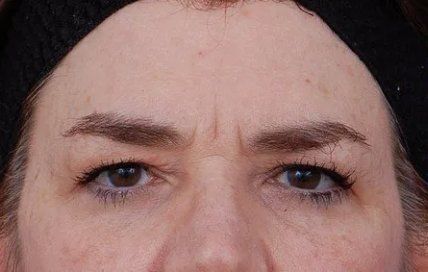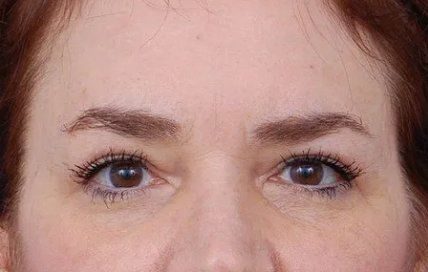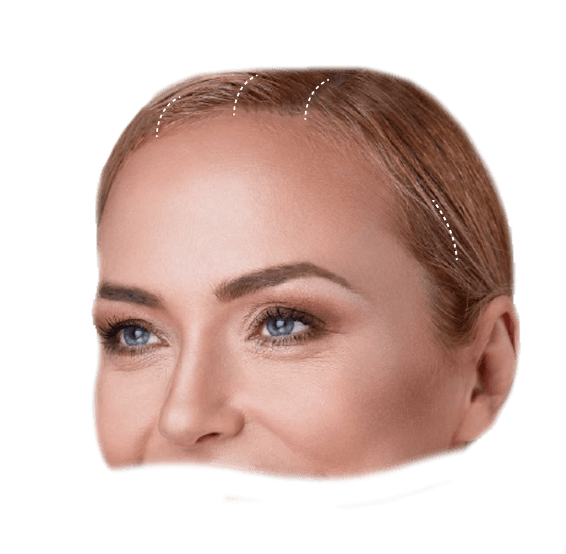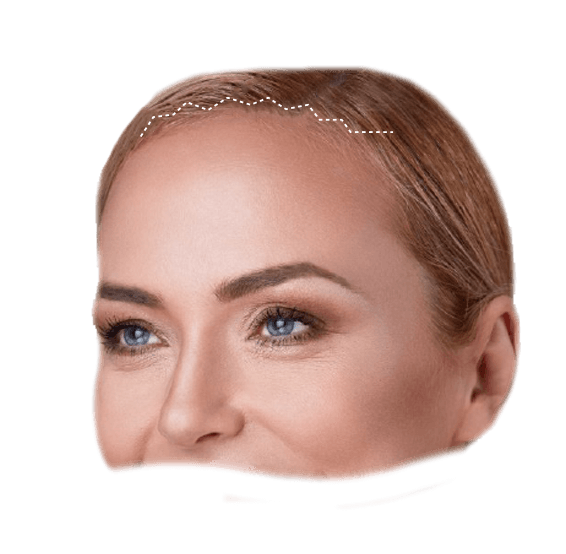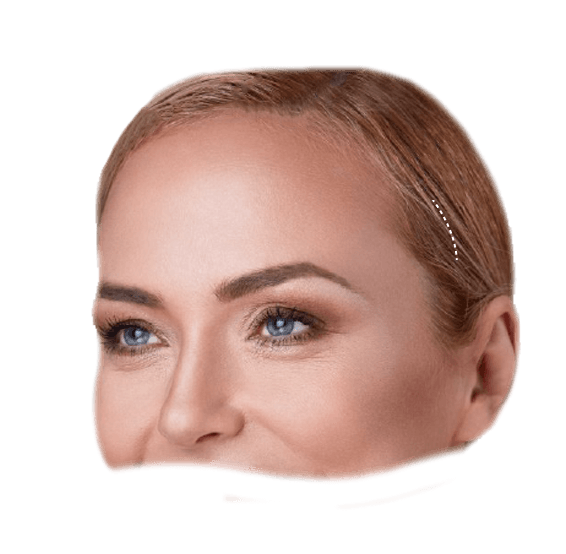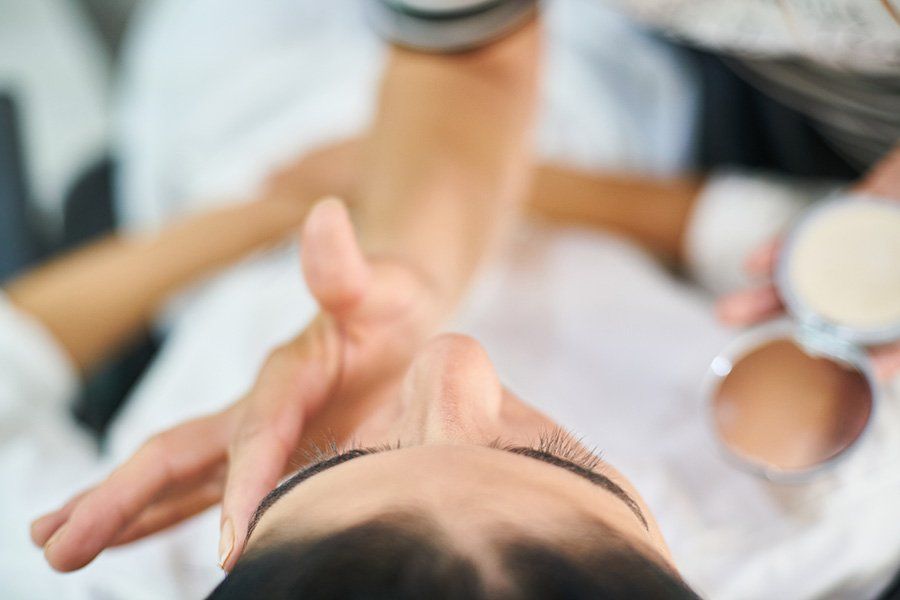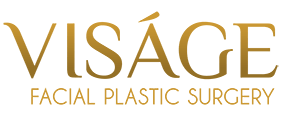Brow/Forehead Lift
Although you may feel young and vibrant, a heavy brow may send a different message. Candidates for a brow lift often tell us that others perceive them to be tired or grumpy. Some have noticed that their brows have gotten lower or flatter with aging. This change is believed to be due to a combination of increased tissue laxity and volume loss.
The brow lift procedure, also referred to as a forehead lift, elevates the brow to a more youthful position and improves the shape of the brow while also softening frown lines and forehead wrinkles. Good candidates for a brow lift have low or flat brows, heavy upper eyelid skin, prominent forehead wrinkles, and deep frown lines. By elevating the brow, we pull the upper eyelid skin tight. Some individuals will get the best result from combining a brow and forehead lift with an upper eyelid skin excision (blepharoplasty).
"After consulting with two other plastic surgeons, I consulted with Dr. Patel regarding my much needed browlift with forehead reduction. I’m so glad I saw his ad on RealSelf because he was the best fit for my needs. I also decided to get Permalip implants at the same time because aging was taking a toll there as well. My surgery and recovery went well. I am very pleased with my results."
"Dr. Patel performed a brow lift and upper blepharoplasty and my results were absolutely beautiful. The two procedures erased ten years of age and the constant look of being tired all the time. His before and after computer pictures helped me understand how I would look after the procedure and his explanation of what to expect after the surgery was very helpful. I am thrilled with my results."
"Had a mini lift and brow lift. The outcome was fabulous. It’s been two months and the incisions are hardly noticeable. No more jowls or saggy neck. Brows are quietly higher. Dr. Patel and his staff are very pleasant and professional. Highly recommended. Dr. Patel has been blessed and gifted in the art of facial plastic surgery."
Types Of Brow Lifts
Planning Your Procedure
Pre-Operation
The Surgery
Post-Operation
Patient Transformations
